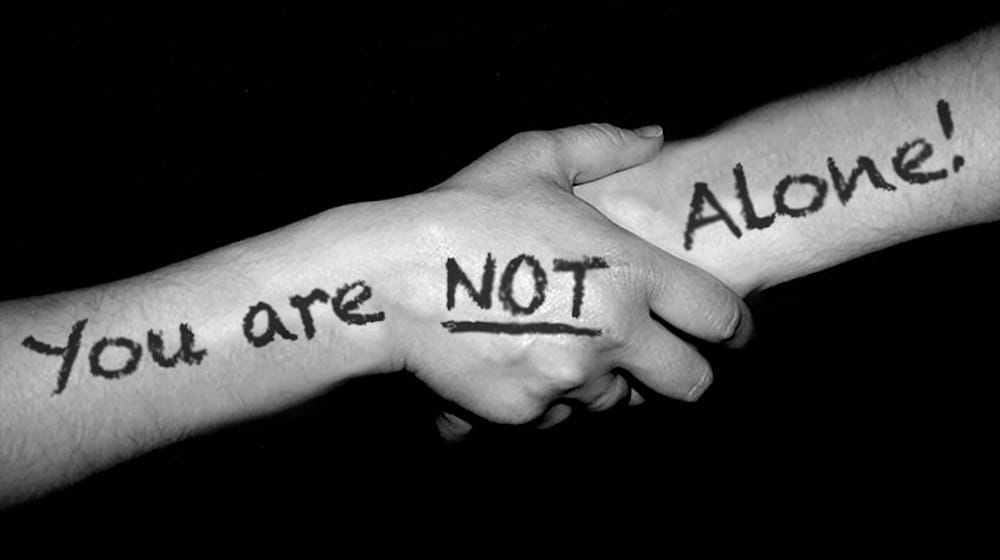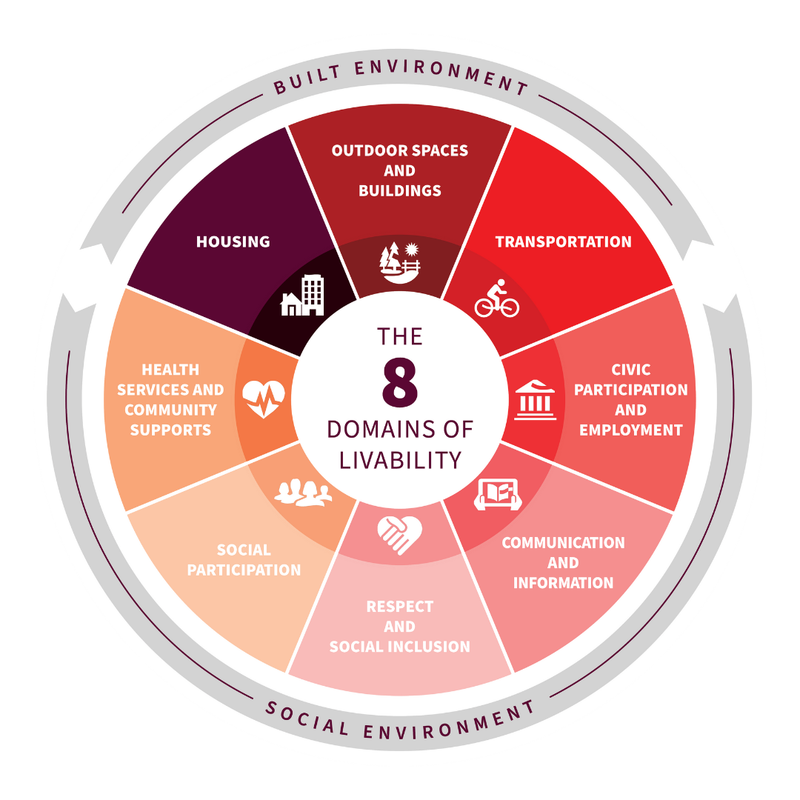Facing the ugly head of human trafficking … even in New Hampshire
The issue of Human trafficking has in recent times come to the forefront and has received more attention and increased awareness thanks to movies such as Angel Studios’, Sound of Freedom.


The issue of Human trafficking has in recent times come to the forefront and has received more attention and increased awareness thanks to movies such as Angel Studios’, Sound of Freedom. This has been a worldwide problem for many years, but here in the West (particularly in the United States) we have not seen it as a problem, but it is. According to the State Department, between July 1, 2021, and June 30, 2022, there were 16,390 open cases, up from 10,070 the previous fiscal year, (which represents an increase of over 6,000 – or almost 61.5%), IN ONE YEAR! Human Trafficking is the world’s fastest-growing criminal enterprise, valued to be an estimated $32 billion-a-year global industry.
Yes, it’s even here in New Hampshire
Despite its illegal nature, human trafficking is a booming industry that generates billions of dollars in profits for those involved, and New Hampshire is no exception. In recent years, the state has seen an uptick in human trafficking cases, with victims being lured into the trade in various ways. According to a 2022 report from the New Hampshire Human Trafficking Collaborative Task Force, there were 35 confirmed human trafficking victims in our state, compared to 28 in 2021, an increase of 25%. One of the main reasons for the increase in human trafficking cases in New Hampshire is the state’s proximity to major highways, making it an easy location for traffickers to move victims around. Additionally, New Hampshire has a tourist industry that attracts individuals from around the world, making it a target for traffickers looking for vulnerable individuals to exploit.

Who’s the Target of Human Traffickers?
While it can happen to anyone, available evidence suggests that people of color and LGBTQ+ people are more likely to be trafficked than other demographic groups. That’s not a coincidence. Generational trauma, historic oppression, discrimination, and other societal factors and inequities create community-wide vulnerabilities. Traffickers recognize and take advantage of people who are vulnerable in certain ways.
How do Human Traffickers Lure Victims?
Traffickers use a variety of tactics to lure individuals into the trade. One of the most common methods is through the use of false promises. Traffickers may offer job opportunities, housing, or transportation to individuals who are struggling financially, homeless, or escaping from abusive situations. These false promises are made to gain the victim’s trust and create a sense of dependency. And it is not always strangers who traffick people, many survivors have been trafficked by romantic partners, including spouses, and by family members, including parents.
Traffickers also use force, fraud, or coercion to obtain control over their victims. Force involves the use of physical violence or threats to gain control over the victim, while fraud involves false pretenses or misrepresentations. For example, a trafficker may pose as someone who can help a victim obtain legal status in the United States, only to then exploit them for labor or sexual purposes. Coercion involves the use of psychological or emotional tactics, such as blackmail, manipulation, or threats to harm the victim or their loved ones. In addition to false promises, force, fraud, and coercion, traffickers use a range of techniques to maintain control over their victims. These techniques are used to exploit and manipulate the vulnerabilities of the victims and maintain their power. Some common techniques used by traffickers include:
- Threats and Intimidation: Traffickers use threats
of violence, harm to the victim or their loved ones, and other forms of intimidation to maintain control over their victims. These threats can be both physical and psychological and are often used to instill fear in the victim and prevent them from attempting to escape.
- Isolation and Restriction: Traffickers may isolate their victims from the outside world, restricting their access to communication, transportation, and necessities like food, water, and medical care. By isolating their victims, traffickers can ensure that they remain dependent on their abusers and are less likely to seek help or escape.
- Debt Bondage: Debt bondage is a form of modern-day slavery in which victims become trapped in a cycle of debt owed to the “boss”.
The majority of the trafficking victims are female, with only a small percentage being male. The age range of the victims is wide, with some as young as 12 years old. Most victims were reported to be US citizens, while some were foreigners who had been brought into the country illegally.
It is worth noting that these statistics represent only the reported cases of human trafficking in New Hampshire. Many more cases likely go unreported due to the fear and shame that victims feel, as well as the difficulty in identifying trafficking situations.
The New Hampshire Human Trafficking Collaborative Task Force, a multi-agency team established to address human trafficking in the state, works to increase awareness, improve coordination among agencies, and provide victims with the necessary services and support to recover from their traumatic experiences. Through their efforts, they aim to help reduce the incidence of human trafficking in New Hampshire.

Preventing Human Trafficking
Preventing human trafficking requires an approach that addresses the root causes of the issue. One of the most important factors in preventing trafficking is to increase public awareness and education about the issue. This can be done through community outreach programs that aim to educate people about the signs of trafficking, how to report it, and how to protect themselves and their loved ones from becoming victims.
Another important aspect of prevention is to address the underlying conditions that contribute to trafficking, such as poverty, unemployment, and social inequality. In addition, law enforcement agencies and non-governmental organizations can collaborate to improve the identification and reporting of human trafficking cases and provide victims with the necessary support and services to escape their situation and recover from the trauma.

Conclusion
Human trafficking is a crime that continues to plague societies around the world, and even here in New Hampshire. Despite efforts to combat it, the trade in human beings remains a lucrative industry for those involved, with devastating consequences for its victims.
Understanding the methods used by traffickers to lure and control victims is crucial in addressing the issue. By recognizing the signs and reporting suspected cases of trafficking, individuals and organizations can play a critical role in rescuing victims and reducing the incidence of this terrible crime. By working together, we can create a world in which human trafficking is no longer a reality.
To be trained on how to recognize signs that someone is being trafficked, click here to connect with people at the Polaris Project. I have also included some resources for victims below:
Resources for victims of Human Trafficking:
- National Human Trafficking Hotline
- Federal Bureau of Investigation (FBI)
- New Hampshire Human Trafficking Collaborative Task Force
- New Hampshire Department of Justice / NH Attorney General’s Office
- New Hampshire Coalition Against Domestic & Sexual Violence
- Your local Police Department
Remember that victims of Human Trafficking are NOT alone and that there are people who are willing and able to help. As always, questions and comments can be emailed to me at bchicoinemht@gmail.com.





